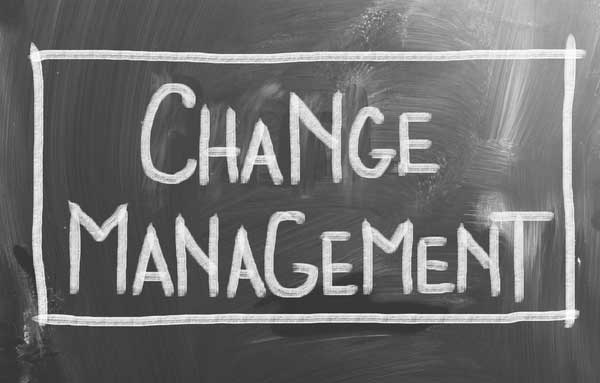Organizations today face continuous change in order to stay competitive in the marketplace. However, leading successful change initiatives can be very challenging without the right frameworks and models to follow. This article will provide an overview of the top 10 change management models that leaders can utilize to drive transformations in their companies, if you wish to understand what is change management, do read my previous articles.

Understanding Change Management Models
Change management models provide structured guidance on the steps and considerations for leading organizational change effectively. They fall into two main categories:
Process-focused models – Provide a step-by-step approach to implementing transformations from start to finish. People-focused models – Address the human emotional response to change to get buy-in and adoption.
While the models have differences, leaders can often combine elements of various frameworks to suit the specific needs of their transformations. Now let’s explore the top change models in more detail:
Process-Focused Change Management Models
- Kotter’s 8 Step Model First proposed by John P. Kotter in 1995, this influential model breaks down the change process into 8 steps across three phases:
Phase 1 – Create a Climate for Change
- Establish a sense of urgency – Inspire people to want change through potential crises
- Build a guiding coalition – Assemble a team to guide the change effort
- Form a strategic vision – Define the future state and why it’s better
Phase 2 – Engage & Enable the Organization
- Enlist volunteers – Get people enthusiastic to drive change
- Remove barriers – Eliminate obstacles to promote adoption
- Generate short-term wins – Create momentum through initial successes
Phase 3 – Implement & Sustain Change
- Sustain acceleration – Press ahead with change after early wins
- Institute the change – Fully integrate transformations
- Lewin’s Unfreeze, Change Freeze Model Though Lewin did not formally publish this model, it is highly influential in change management. The 3 steps are:
- Unfreeze – Inspire people to want to change the status quo
- Change – Implement the necessary transformations
- Refreeze – Make changes the new normal
- Deming Cycle for Continuous Improvement The PDCA cycle is an iterative 4-step process to test and implement changes:
- Plan – Identify issues and potential solutions
- Do – Test solutions on a small scale
- Check – Review if results met expectations
- Act – Full implementation if successful
- McKinsey 7S Model This model ensures organizations address all critical elements, including “hard” structural and “soft” cultural factors:
- Structure – Organizational units and reporting lines
- Strategy – Plans to achieve objectives
- Systems – Processes and IT systems
- Shared Values – Corporate culture
- Skills – Capabilities of the workforce
- Staff – How people are developed
- Style – Leadership approach

People-Focused Change Management Models
- ADKAR Model
Focused on the individual level, ADKAR represents the 5 steps people go through to change:
- Awareness – Understand the need for change
- Desire – Want the change to happen
- Knowledge – Know how to change
- Ability – Have skills to implement change
- Reinforcement – Receive support to sustain change
- Nudge Theory
This theory leverages human biases and psychology to subtly “nudge” people towards certain behaviors. Some examples:
- Default options – People tend to accept defaults
- Simplification – Simpler choices encourage action
- Social norms – People follow what others do
- Satir Change Model This framework depicts how teams progress through unexpected, large-scale change:
- Late status quo – Initial performance level
- Resistance – Denial and blame during downfall
- Chaos – Confusion before envisioning renewal
- Integration – Acceptance and learning
- New status quo – Performance improves
- Bridges Transition Model Bridges focuses on the human psychological transition in a 3-phase process:
- Ending – Let go of old ways
- Neutral zone – In-between stage
- New beginning – Envision & adopt change
- Change Curve The change curve models the emotional journey through change:
- Denial – Disbelief change is happening
- Frustration – Anger at change
- Exploration – Testing the changes
- Commitment – Embracing change
- Moore’s 3 Levels of Resistance This framework identifies the stages of resistance to change:
Level 1: I don’t get it – Confusion due to lack of information Level 2: I don’t like it – Emotional response
Level 3: I don’t trust you – Lack confidence in leaders
Conclusion
There are many frameworks leaders can leverage to drive successful change initiatives tailored to their specific transformation goals and organization. While a single article cannot cover every model, hopefully this overview provides a starter guide to some of the most popular options. Leaders should not hesitate to blend and customize elements from various models to enable effective, sustainable change.
